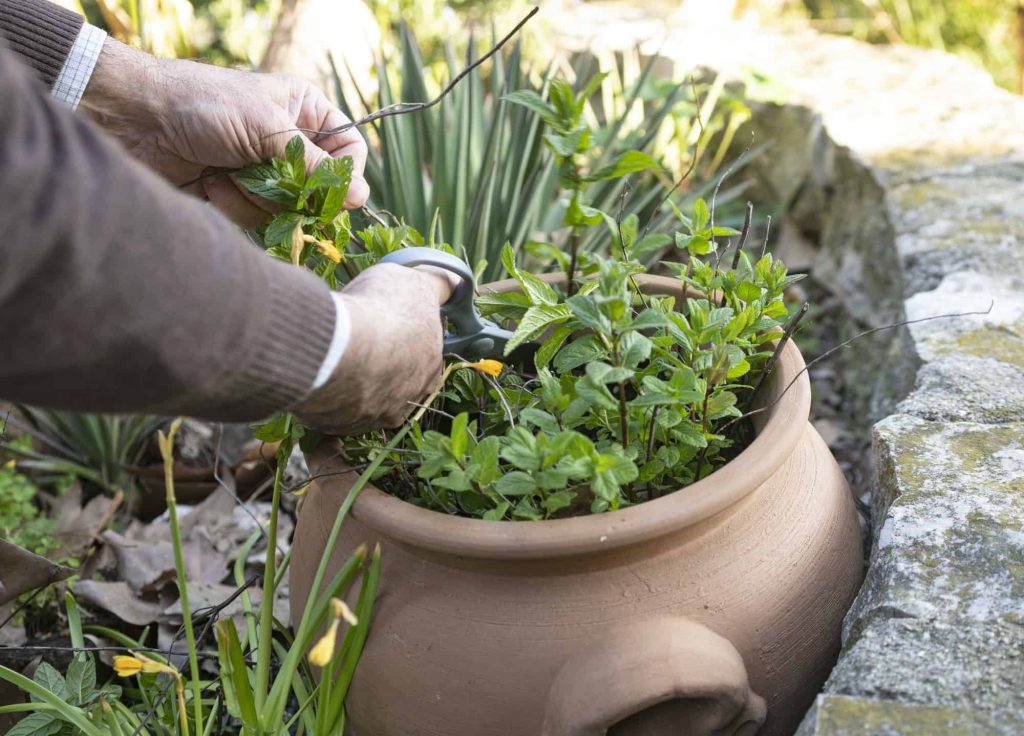Growing basil is as easy as pie. Understanding what it needs to produce a good yield isn’t difficult because basil is not a complicated plant. With the right knowledge of the plants that will benefit basil, you should rest assured that you will have a great harvest.
There are different types of basil and they include; sweet, lemon, Thai, and purple basil. It is a herb used to prepare different dishes and adds a great flavor to several plants. Just like Rosemary, Basil adds more benefits to its companion plants than it receives from them.
Amongst other benefits, basil is known to condition the soil, invite beneficial insects like pollinators, repel insects, add nutrients to the soil, and offer many health benefits
Even though basil is beneficial to many plants, don’t get too carried away and forget that not every plant will promote its growth. It will amaze you to know that basil does not get along with many herbs although it is an herbaceous plant.
Companion planting reveals what plants you should avoid growing with your basil and those plants that will welcome it with open arms. You will find out what plants to grow and avoid in the subsequent paragraphs.
10 Best Basil Companion Plants
Basil acts as a shade and cover to many plants. It offers a lot of benefits to plants but also needs their protection. Some pests come out in hot weather and one way to eliminate them is by planting basils because it releases an aroma that keeps them far away. This is what companion planting entails.
1. Tomato
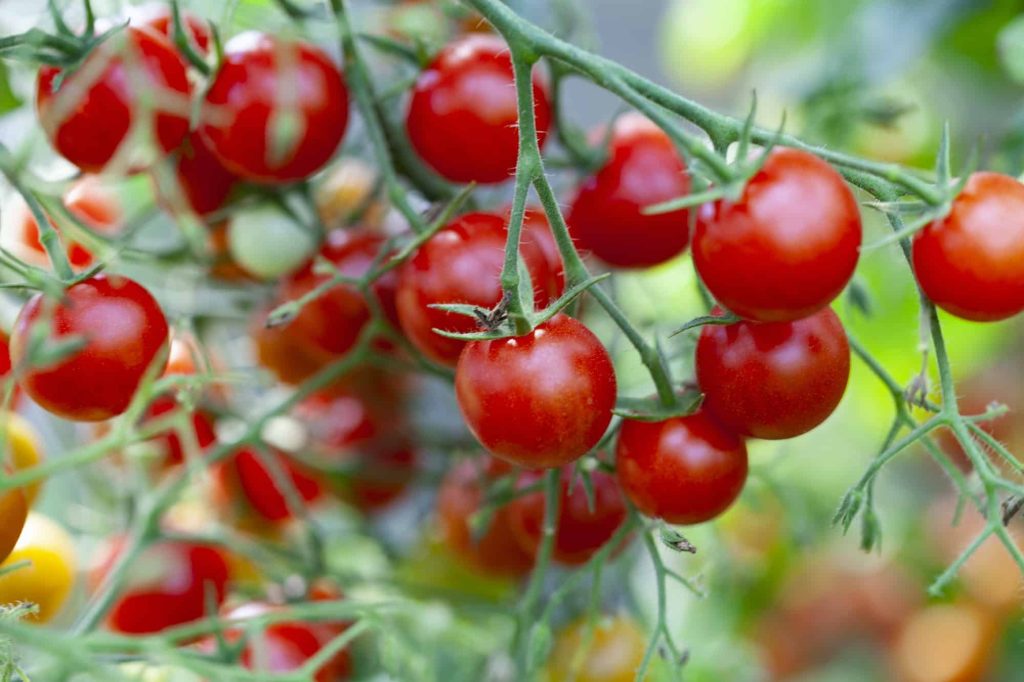
Talk about a plant that has the same growth requirements as the other plant. Tomato will grow under the same condition you place your basil which makes it a perfect companion. This vegetable receives more benefits than it contributes to basil.
Although, they have a symbiotic relationship as both of them improve each other’s flavors. It has been observed that basil increases the yield of tomatoes and repels pests. The blend of the herb and vegetables produces a great taste in dishes.
2. Chamomile
The presence of essential oil in basil is the reason it can repel dangerous pests. Chamomile is an herb that helps to increase the volume of this oil in basil thereby increasing its flavor.
3. Asparagus
Some beetles destroy the asparagus plant. Planting basils with asparagus will deter these pests and help them produce the best yield. It also attracts predators like ladybugs that will destroy other pests that can cause harm to asparagus.
4. Pepper
Basils just go well with vegetables in the capsicum family. Pepper offers a lot of benefits to other plants and will have a great taste if grown with basils.
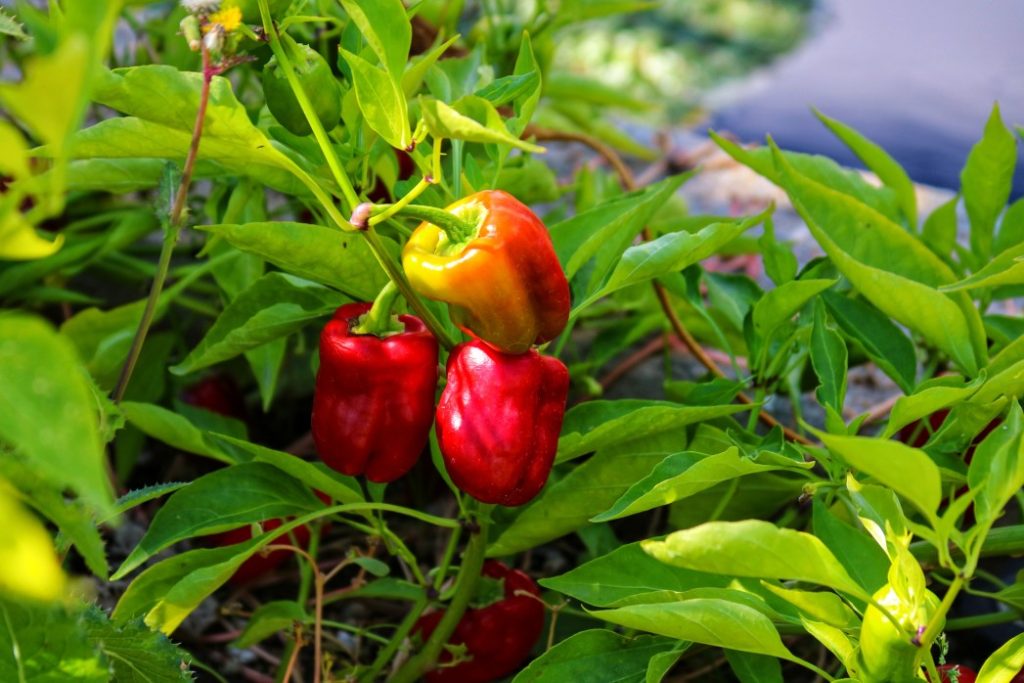
However, pepper or chili plants are vulnerable to many pests and diseases and basil will offer support by getting rid of this problem. Pepper will survive in the same environment you plant basil. The pepper leaves act as a shade for basil and the latter benefits it by acting as ground cover to conserve the Chili’s moisture.
5. Borage
If you want to add some color to your garden, plant some borage flowers. Apart from its ornamental properties, borage does well in inviting beneficial insects and shooing pests. It also can sap soil nutrients and make it readily available for basil. It is used to make vegetable salads as it gives them a perfect taste.
6. Marigold
Flowers are known to release aroma that pursues pests. Marigold performs this duty to basil plants. It also provides space for your basil plant. However, it’s important to note that marigold doesn’t entertain too much moisture as it will destroy its root.
7. Anise
The essential oil present in basil is what gives it a good taste. Growing Anise with basil will give the oil a boost which does a good job of improving the flavor of basil.
8. Potatoes
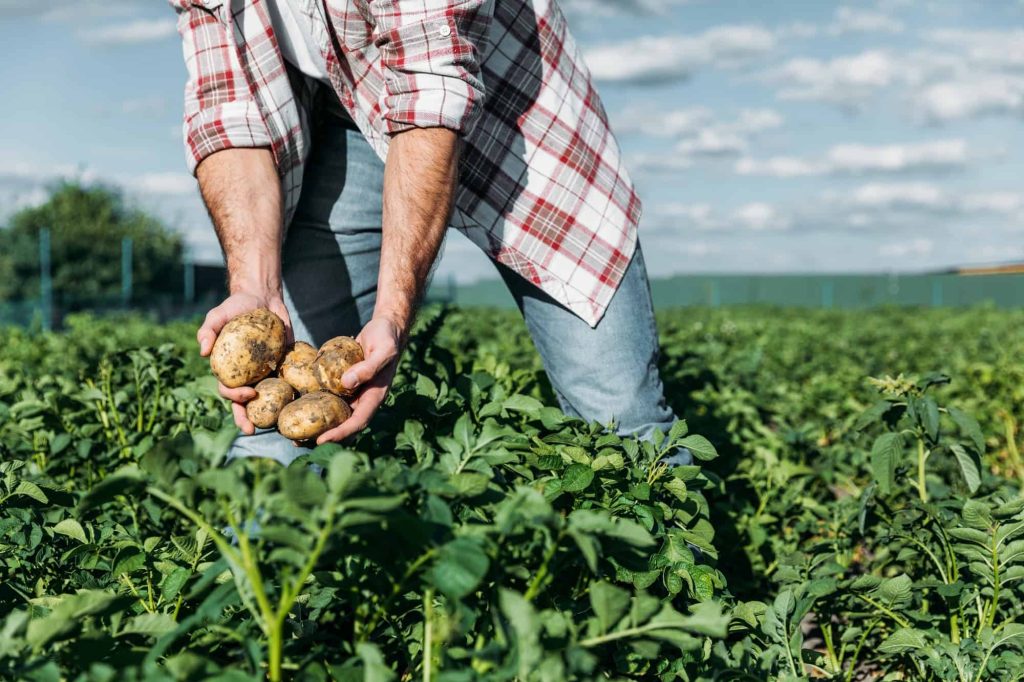
You have learned in the previous paragraphs that plants with the same growing condition are good companions. The potato will produce healthy tubers when placed in the same environment as basil. It requires fertilizers to grow well so does basil only Basil requires nitrogen while potatoes prefer more potassium.
9. Chives
Chives require the same amount of water and sunlight that basil needs to grow well. The two plants go well and will benefit each other when cultivated together.
10. Rosemary
You will have a blend of wonderful fragrances in your garden when you plant this flower with basil. They grow well in moist soil. The herb and flower are both pest repellent so their leaves are free from insects or bugs that can destiny them. The two make a perfect match and improve each other’s yield.
What Not to Grow With Basil
One thing that disqualifies certain plants from being compatible is the difference in requirements. When you learn about them it will be easier to know which plant will harm your basil.
1. Cucumber
When it comes to planting basil with any plant, it’s important to know that basils affect the flavor of plants cultivated with it. If you don’t want your cucumber to taste awful, never plant basils close to it. Basil is an aromatic herb and because cucumbers contain a lot of water, the taste of a plant cultivated close to it can rub off on the cucumber.
2. Rue
This is an herbaceous plant and it releases some chemicals that can affect the basil by hindering its growth.
3. Fennel
If you are an experienced gardener, you will know that fennel doesn’t go well with so many plants thus, it is advisable not to grow them with your basil.
It will hinder the growth of your basil like it does to other plants because it is a depressant. It helps by inviting insects that will benefit your plant but it’s not advisable to plant them. The disadvantages you will get are more than the advantages.
4. Mint
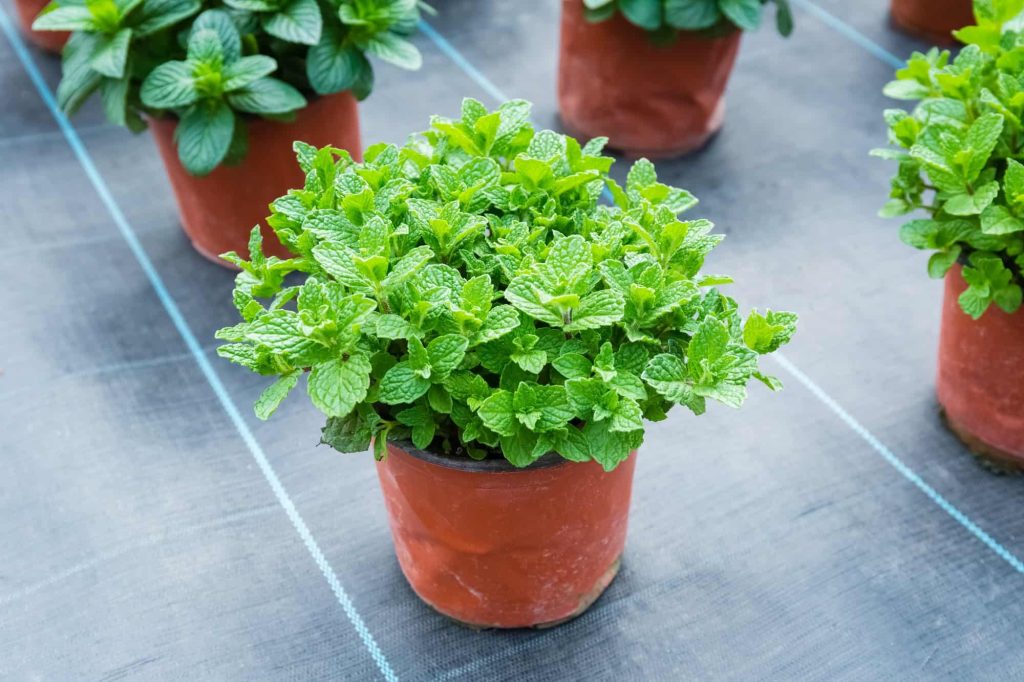
Cultivating crops that take up more nutrients compared to the plant you want it to benefit from is a no-no. What it will simply do is leave the other plants with no nutrients while it grows properly. Mint is a selfish plant and will leave your basil with little or no nutrients if you grow them together.
Basil Companion Planting Guide
Here are some basic companion planting tips to help guide your basil planting efforts.
- To get the best out of your basil plant, begin cultivation with seeds and keep them indoors till it is six weeks old
- Note that basil needs a lot of water to grow, make sure you water it as much as you can
- It is better to grow your basil in containers before transplanting it to the garden
- The seeds of basil require a depth of 1/4 inches and the spacing should not be more than 10-12 inches
- Basil is a plant that loves moisture and therefore requires a mulch to help it conserve moisture.
- Always prune its leaves when it seems too bushy
- Expose it to 8 hours of sunlight or partial sunlight every day.
What herbs grow best with basil?
Basil is friendly with herbaceous plants and will grow well with the following herbs; chives, chamomile, and oregano.
Are basil and tomatoes companion plants?
Basil will produce a healthy plant if grown with tomatoes. They have similar growth requirements which makes them compatible. Basils also release a scent that protects the tomato from harmful insects and pests.
What should you not plant with basil?
Examples of plants that should never be grown with basil are; cucumbers, fennels, mint, rue, and Rosemary. They don’t go together because their growing requirements differ.
Is basil a good companion plant?
Basil makes a good companion for several herbs and other vegetable plants. It offers a lot of benefits to neighboring plants.
Why should you not plant cucumbers near tomatoes?
Cucumbers tend to have the taste of plants grown close to them because they contain a lot of water. You should avoid planting them close to each other if you want your cucumber to retain its delicious taste.
Can basil be planted close together?
There is nothing wrong with cultivating basils close to each other but there must be a spacing of 4-8 inches between them. So, you can plant them close to each other as long as you follow the guideline for spacing.
Does basil need a lot of sunlight?
Basil is a plant that loves moisture so it won’t appreciate too much sun because the won’t thrive in a dry environment. Too much sun will dry it up and reduce its yield. All a basil plant needs are eight hours of sunlight and it will also do well if grown under partial sunlight.
Final thoughts
Planting basils can be an exciting adventure because they are easy to grow and require less stress. Growing it with some companion plants adds to the advantage even though it can do without them. This will only help increase its yield and produce healthy leaves.
More companion planting guides:
- Blueberry Companion Plants (What Not To Grow Near Blueberries)
- Strawberry Companion Plants (What Not To Grow Near Strawberries)
- 13 Raspberry Companion Plants (What Not to Grow Near Raspberries)
- 10 Best Parsnip Companion Plants: Herbs, Flowers, Vegetables
- Zucchini Companion Plants (What Not To Grow Near Zucchini)
- Radish Companion Plants (What Not to Grow Near Radishes)
- Thyme Companion Plants (What Not to Grow Near Thyme)

